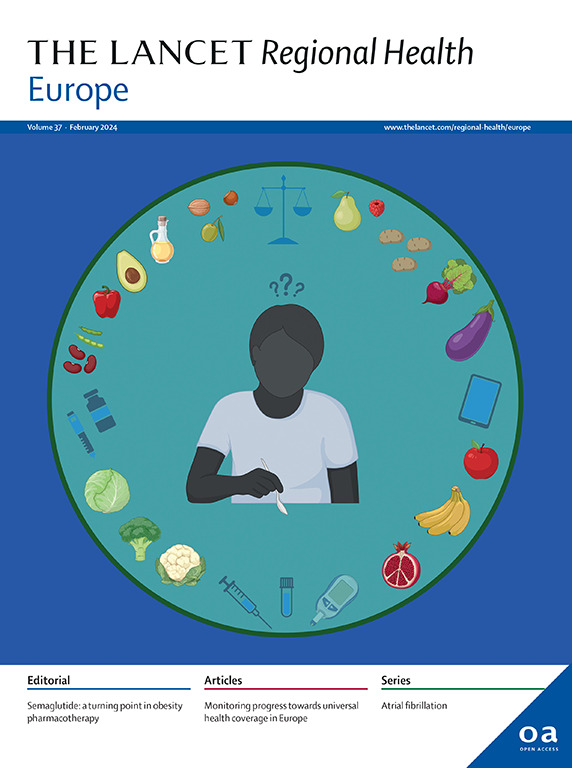减少心血管疾病方面的不平等:考虑到族裔和种族,重点关注边缘化人群
IF 13
Q1 HEALTH CARE SCIENCES & SERVICES
引用次数: 0
摘要
心血管疾病(CVD)及其危险因素在传统上被边缘化的种族、民族和土著群体中更为普遍。这些人群在获得心血管卫生保健方面往往面临更大的障碍,进一步加剧了卫生公平差距。为了应对心血管健康结果方面的不平等和差异的挑战,《柳叶刀-欧洲区域卫生》召集专家评估关于边缘化人群心血管健康方面的不平等和差异的知识现状,并提出解决这些差异的建议。本系列文章旨在回顾冠心病和中风的CVD差异,基于种族、民族、祖先和土著,强调这些因素与欧洲和北美地区的性别、社会性别和社会经济地位(SES)的交叉。之所以选择这些地区,是因为它们拥有完善的卫生保健系统,但心血管健康和结果方面的差距持续存在,在一些地区还在扩大。应在保健行政数据库中以标准化方式衡量族裔和种族,以确定可能需要重点方案的高危群体,以改善获得保健服务的机会,并解决护理方面的偏见和不平等问题。政策制定者、卫生保健专业人员和倡导团体可用于促进心血管健康公平的战略包括改善对高风险社区的卫生保健系统和研究的可及性,促进这些社区与公共卫生提供者之间的信任,以及加强提供预防和治疗心血管疾病的循证疗法。本文章由计算机程序翻译,如有差异,请以英文原文为准。
Reducing inequalities in cardiovascular disease: focus on marginalized populations considering ethnicity and race
Cardiovascular disease (CVD) and its risk factors are more prevalent among traditionally marginalized racial, ethnic, and Indigenous groups. These populations also often face greater barriers to accessing cardiovascular health care, further contributing to the health equity gap. To address the challenge of inequalities and disparities in cardiovascular health outcomes, the Lancet Regional Health—Europe convened experts to evaluate the current state of knowledge on inequalities and disparities in cardiovascular health among marginalized populations and propose recommendations to address these disparities. This Series paper aims to review disparities in CVD referring to coronary heart disease and stroke, based on race, ethnicity, ancestry, and Indigeneity emphasizing the intersection of these factors with sex, gender, and socioeconomic status (SES) across Europe and North America. These regions were chosen as they have well established health-care systems, with persistent, and in some regions widening, disparities in cardiovascular health and outcomes. Ethnicity and race should be measured in a standardized manner in health-care administrative databases to identify high risk groups who might need focused programmes to improve health-care access and to address bias and inequities in care. Strategies that policymakers, health-care professionals, and advocacy groups can use to advance cardiovascular health equity include improving access to health-care systems and research for high-risk communities, fostering trust between these communities and public health providers, and enhancing the delivery of evidence-based therapies for the prevention and treatment of CVD.
求助全文
通过发布文献求助,成功后即可免费获取论文全文。
去求助
来源期刊

Lancet Regional Health-Europe
Multiple-
CiteScore
19.90
自引率
1.40%
发文量
260
审稿时长
9 weeks
期刊介绍:
The Lancet Regional Health – Europe, a gold open access journal, is part of The Lancet's global effort to promote healthcare quality and accessibility worldwide. It focuses on advancing clinical practice and health policy in the European region to enhance health outcomes. The journal publishes high-quality original research advocating changes in clinical practice and health policy. It also includes reviews, commentaries, and opinion pieces on regional health topics, such as infection and disease prevention, healthy aging, and reducing health disparities.
 求助内容:
求助内容: 应助结果提醒方式:
应助结果提醒方式:


